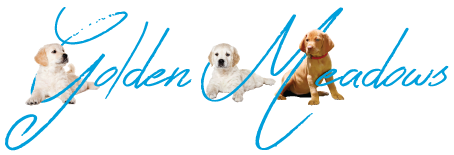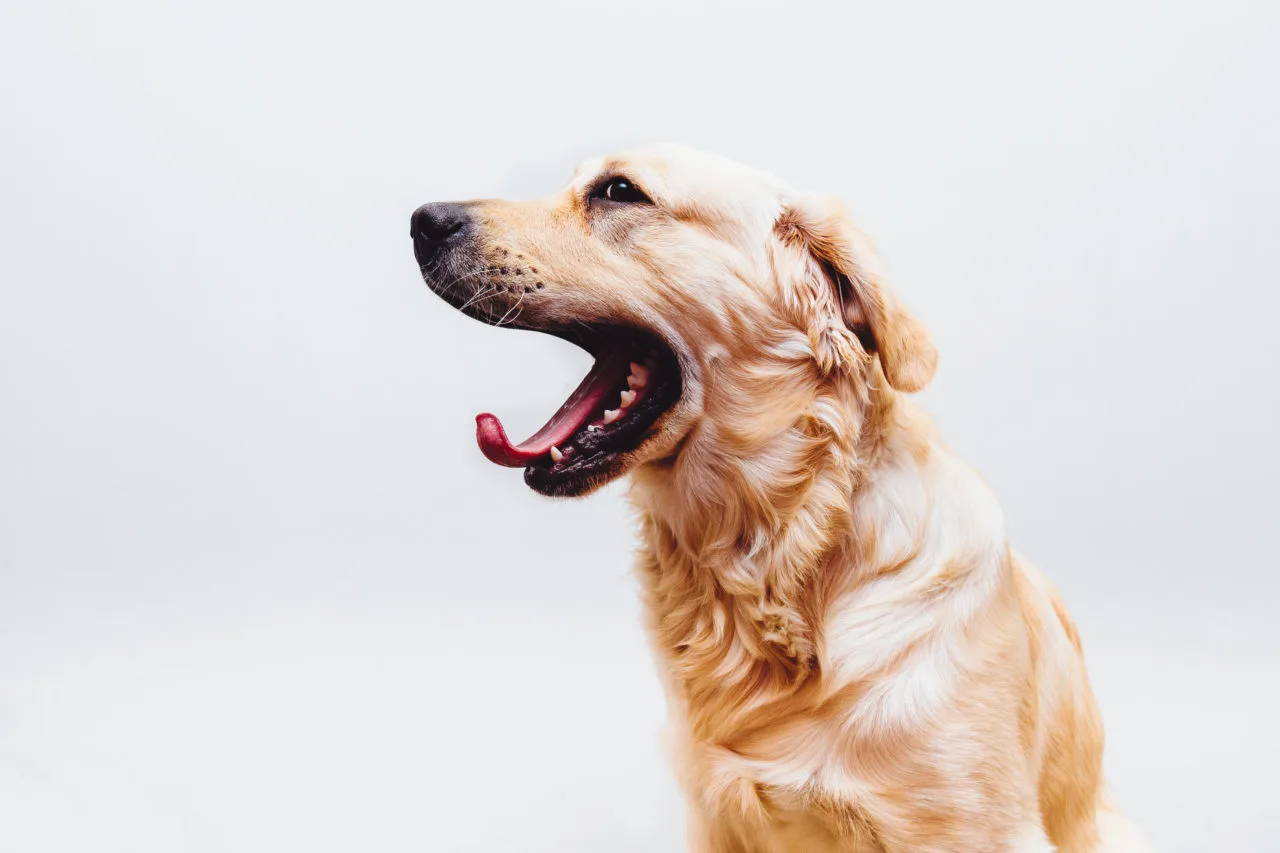We all want that textbook classic “good dog”; the one who sits, stays, comes, heels, and brings you your slippers on command. It’s a cozy thought; you and your beloved pup whiling away the days together without so much as a chewed slipper or stolen toast at breakfast.
Fortunately, it’s more than possible to achieve this glowing dream of dog ownership. With a little bit of time, dedication, and persistence, almost all dogs can learn manners and basic commands like these.
The catch, unfortunately, is that “most” doesn’t necessarily mean “all.” Some dogs just seem to struggle with initial training attempts, either due to their sheer distracted and excited nature or because they just aren’t motivated to listen. If you’re struggling with a dog who just won’t respond, or if you just haven’t had success with training, this post is for you!
Reassess Your Expectations
One of the biggest issues dog trainers see when frustrated owners show up with a “problem pup” is unrealistic expectations. In the desire for a dog who does more, we can sometimes begin to expect too much too soon.
This often comes from a place of anthropomorphism; our dogs are our friends, and thus, we expect them to understand and respond faster, too. But they are dogs, and thus, you should expect their behaviors and actions to fall in line with that fact, too. Practically, that means you shouldn’t expect them to instantly recognize the word “sit” (or even their own name the first few times) in the same way a human would. Nor should we be upset if they get frustrated when trying to learn.
If your dog just isn’t “getting it,” ask yourself if you’re rushing the process. Most dogs need a high level of repetition before commands really click; expect to repeat the process hundreds of times before truly calling it a wash. If you’ve only spent two 30-minute sessions so far, your pup may need more time and practice.
Remove Distractions
Anyone who’s ever spent time with a wiggly little Golden Retriever pup knows just how distracted and excited young dogs can be. They’re like toddlers; everything is new, fresh, and exciting, and they want to sniff/play with/chew it all — all at the same time. When it’s safe to do so, you should encourage this exploration; it’s how they learn!
The only downside to all that distraction is that it can yank your dog’s attention away from training sessions. Rather than learning to sit, he’s fetching a towel from the laundry, eating a stick, barking at the neighbor, chasing a cat, or maybe even barking at clouds. All that distraction can seriously interfere with your ability to train.
If you’re noticing that your dog can’t seem to focus long enough to listen, your issue may be distraction rather than sheer stubbornness. Try rearranging a single room in your home to be as free from distraction as possible, then try again.
There comes a point in every dog’s training where a low level of distraction can actually be helpful; this is usually after he already knows the basics, but you want to take his ability to stay calm and focused to the next level. In early training, you should have as few distractions as possible; begin to add them in slowly one-by-one only after your dog’s confidence grows.
Factor in Excitement
This tip ties in closely with tip two, but it isn’t quite the same (we’ll explain why in a moment). Your dog’s sheer level of excitement can significantly hamper his ability to pay attention, too, especially where training is concerned.
Isn’t that the same as distraction? Well, no, not really. Excitement leads to canine hyperactivity, increasing the likelihood that your dog will experience distraction, but with regular training, dogs can learn to self-calm and regulate over time. Think of it this way: excitement often leads to distraction, but distraction isn’t always due to excitement.
If you’re having a particularly trying training session, assess your dog’s mood. Are you currently at the dog park (even if alone)? If so, all the smells and sticks may have him so joyful he can’t bear the thought of a boring training session. Why sit when you can chew and pee on things?
If your dog seems absolutely excited and loopy, it may be better to either attempt to calm him first or skip the session. Let him run and tire himself out slightly or move to a more relaxed environment, then try again!
Use Meals vs. Treats
Treat training can be a powerful motivator for dogs; after all, what pup doesn’t love the delicious temptation of a good, smelly treat? Though this sounds good in theory, not every dog is as motivated by treats or food as we believe they should be. Unfortunately, a dog who refuses treats or doesn’t respond to treat training can often seem purely stubborn, even if it’s just not true.
If your dog isn’t treat-motivated, or he doesn’t respond to treat training attempts, consider whether he has the appetite for treats or even likes the treat in question. If your dog only ate an hour ago, he may be too full to even want a treat just yet. If he doesn’t care for the treat itself, switching the brand or type may help.
Even if your dog does accept treats, relying on them as a sole method of motivation isn’t always wise. Not only will it cause your pup to pack on weight, but it can produce a “treat-only” response that doesn’t necessarily carry over into non-treat situations.
One potential solution is to use your dog’s meals as the motivator rather than extraneous treats. Schedule training sessions in at mealtimes, when he’s most likely to be motivated, and use spoonfuls of wet food or bits of kibble while training. Your dog’s more likely to stay focused and motivated, and he won’t be ingesting extra calories in the process.
These four tips address the four most common reasons dog owners reach out to trainers for “stubbornness,” but they’re just the beginning. The wacky, wonderful world of dog behavior is multifaceted and fascinating, too. If you’ve tried these strategies and you’re still struggling, schedule a consultation with a trainer to further assess your dog’s needs!

